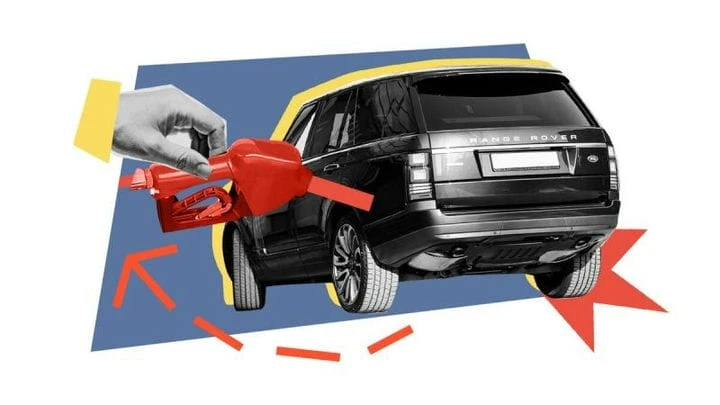5 Ways to Ditch Your Car Engine
Operating errors are made not only by beginners, but also by experienced drivers, whose experience is many years.
bad oil
Violation of tolerances and buying oil “for bottling” is often the reason why the engine breaks down ahead of time. Violation of tolerances in modern engines threatens with the imminent appearance of “seizures” on the cylinders, and even the original oil will not help.
If one oil is intended for use in an internal combustion engine, and another is poured, the engine will not see a long life (as well as low gasoline prices, but that's another story).
Draft oil can bring the process of parting with the engine closer. Often such oil is produced somewhere underground. It is important to remember that the manufacturer does not release the original engine oil for bottling.
Bad service
Garage service is the second reason from the “hit” list for internal combustion engines. Basically, the engines “lay down” after multi-brand minders. If Lexus, Lada and Ferrari are repaired under the same sign of a car service, it is unlikely that unique craftsmen work here. Only very large car services can afford to have specialists for each brand, so it's better not to trust your car with multi-brand dubious service stations.
The big problem of garage services is low-quality spare parts. Using the cheapest replicas of original parts will definitely not benefit the car in general, and the engine in particular.
Clogged filters
It is best to change the air, oil and fuel filters at every oil change. However, many car owners simply neglect this procedure – many years of experience and dozens of conversations with familiar mechanics, who believe that marketers came up with maintenance regulations, affect.
Fuel filters on most vehicles are removable – they can be cleaned and replaced if necessary.
Air filters need to be changed every 5-7 thousand kilometers along with engine oil. Failure and neglect of this procedure will lead to the fact that the engine will simply begin to “choke”. The other side of the coin is the installation of zero-resistance engines. Because of the “nuleviks” all the dust and dirt from the road will directly fall into the intake tract.
Bad spark plugs and gasoline
Refueling with low-quality fuel is the first step towards parting with the connecting rod and piston group and the entire engine. Violation of the factory regulations on fuel threatens with the formation of soot on the valves and pistons, as well as the “occurrence” of piston rings.
The repair procedure is complicated and very expensive, so it’s better to fill in fuel at one time-tested gas station and not cheap.
Five conventional units saved on 10 liters of fuel can cost the engine a life.
Bad candles are the second herald of the motor apocalypse. Cylinder misfires, poor cold starts, jerks and jerks when the pedal is pressed hard are the first signs that the candles need to be changed. “Hot” plugs are suitable for daily driving, “cold” – for cars with a sporty character.
Riding style
Driving on a cold engine, be it a diesel in a Land Cruiser 200 or a 2JZGTE, is guaranteed to kill any, even the most reliable ICE, very quickly.
The optimal time to start driving after starting the engine in summer is at least 5-7 minutes. In winter, at temperatures from -15, the engine of a new car needs about 10 minutes to warm up. The engine of a car with an average level of service – at least 15 minutes.
During this time, the oil from the boat manages to get to the pistons and cylinders, warms up and starts working, protecting all important components from friction. If you start moving immediately after starting, the friction of the metal parts will be maximum, and this is harmful to the engine.
Driving fast and stopping the engine abruptly is another cause of rapid wear. After sudden overtaking, the engine must not be turned off. To keep it in its original form, you need to let the internal combustion engine run for three to four minutes at idle. This advice is especially relevant for owners of cars with turbocharged engines.

